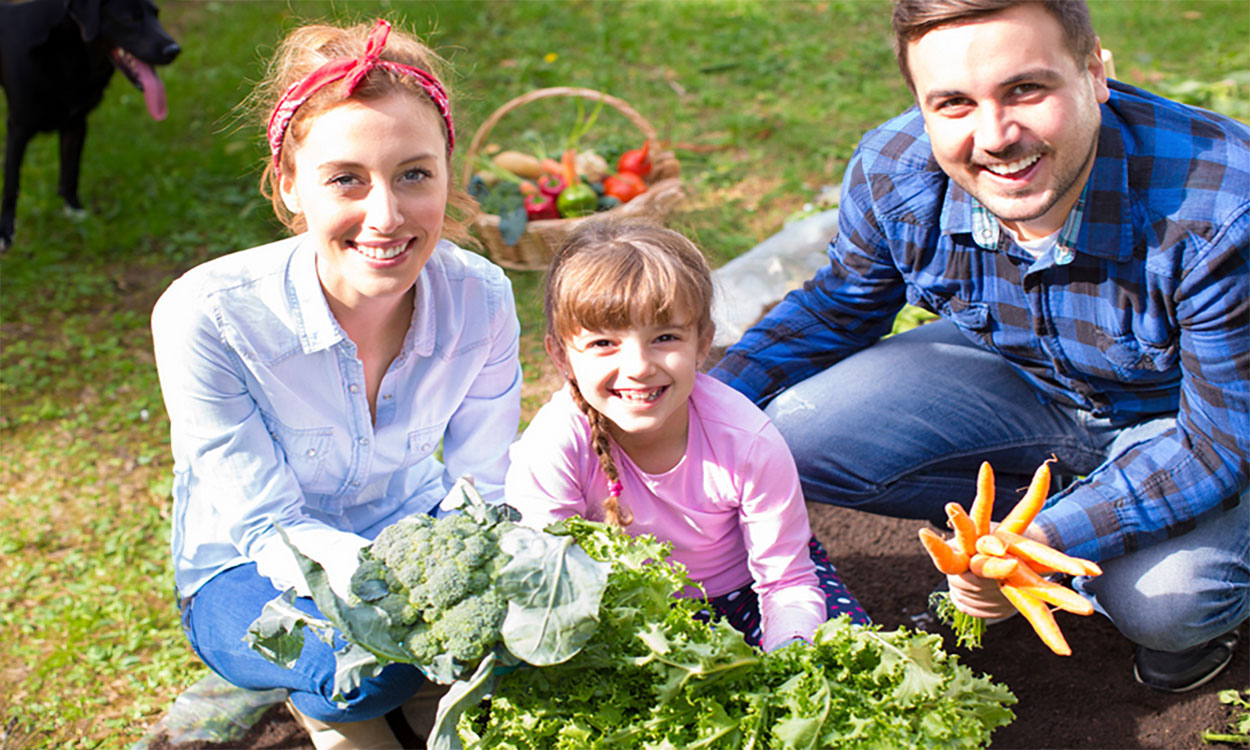Originally written by Kimberly Cripps , former SDSU Extension Family & Community Health Field Specialist, with contributions by Megan Erickson, former SDSU Extension Nutrition Field Specialist, and Hope Kleine, former SDSU Extension Health Education Field Specialist.
Pick it!
- Plums come in many colors and varieties.
- If the flesh is beginning to soften when gentle pressure is applied, it is ready to eat. If not, allow it to ripen for a day or more at room temperature, checking for ripeness daily.
- Ripe plums can be stored in the refrigerator a few days until eaten.
Try it!
- Fresh plums are often eaten fresh as snacks and are great raw. The plum is also attractive in salad or fresh fruit parfaits.
- They may be baked, and poached (cooked in a liquid), or added as a puree for sauce for desserts.
- Plums and plum sauce help to naturally sweeten and give more flavor to meats; it pairs especially well with pork.
Like it! Plum Sauce
Ingredients
- 12 ounces canned plums in heavy syrup
- ½ cup reserved juice from canned plums
- 3 T white vinegar
- 1 t brown sugar
- A pinch of ground ginger
- 3 T water
Directions
- Remove plums from the syrup, cut in half, remove pits and chop into pieces.
- Combine plums and all remaining ingredients in a small saucepan. Bring to a boil, then reduce heat and simmer for about 30 minutes, stirring occasionally.
- Plums will fall apart and sauce will start to get thick.
- Serve over pork chops, chicken breast, even meatloaf.
- This recipe makes 5-6 servings, and leftovers may be refrigerated.
Yield: 6 servings
Nutrition Facts per Serving: Calories 70g; fat 0g; Cholesterol 0mg; Sodium 10mg; Carbohydrates 18g; Sugar 14g; Fiber 1g; Protein 0g
Program Materials
Colorful fact sheets, recipe cards and educational videos provide educators and families with fun, engaging tools to enhance any dietary curriculum in a variety of settings.
Quick resources are available in the fact sheets below. Download the zipped folder to use the lesson plan, sampling instructions, recipes and display materials in your educational program.


